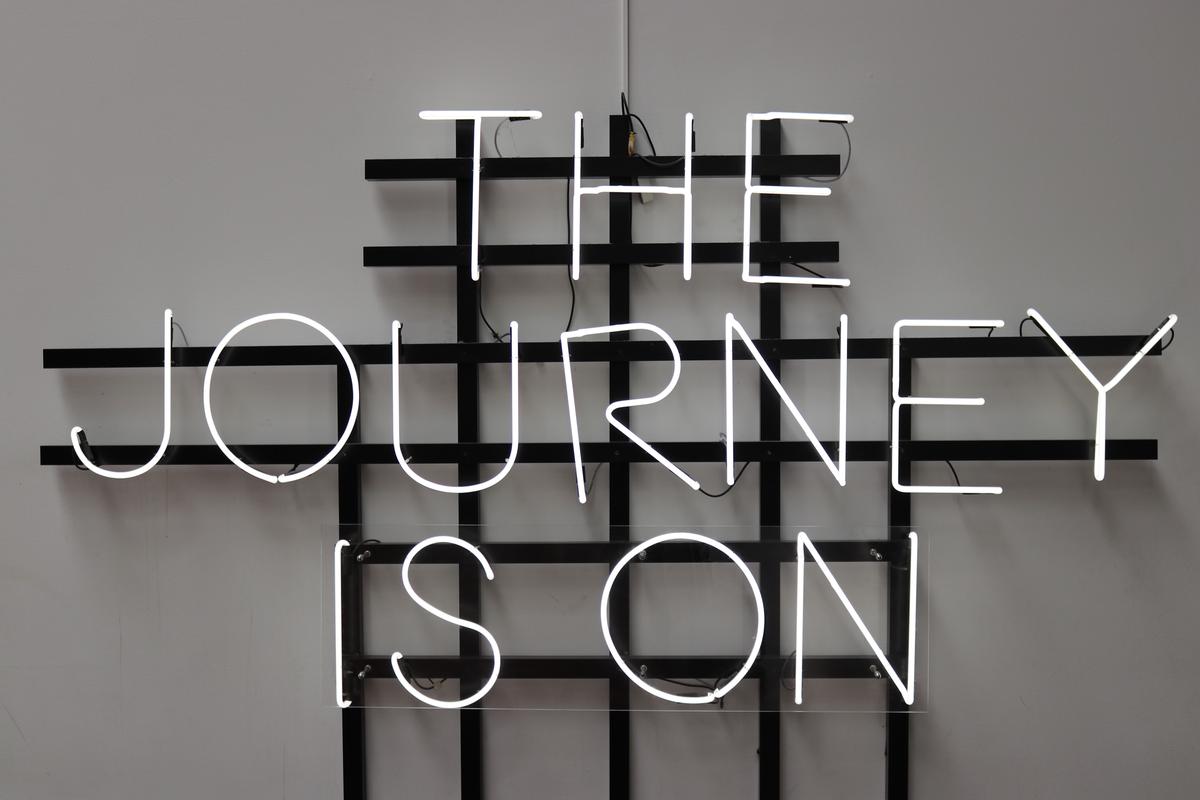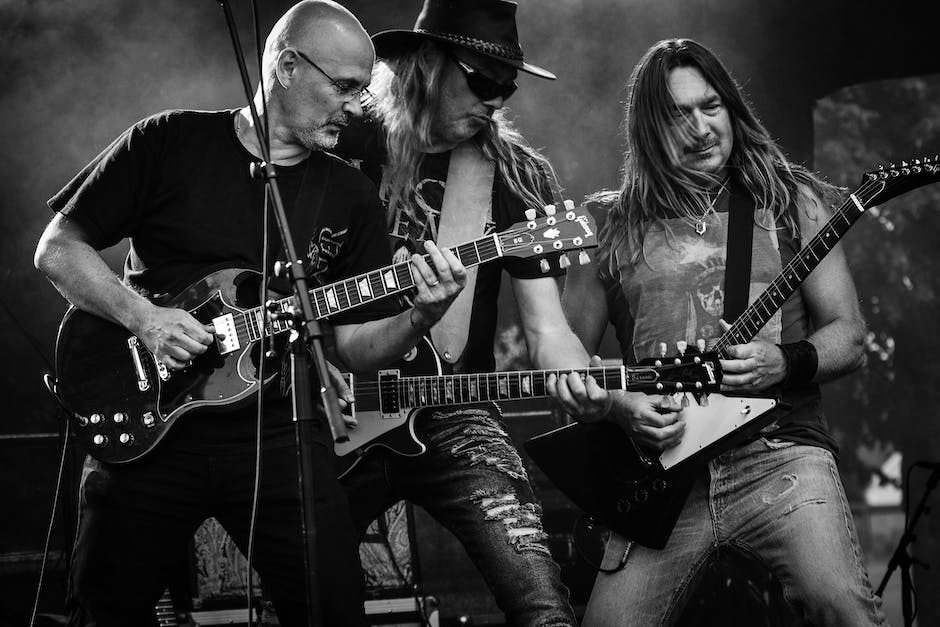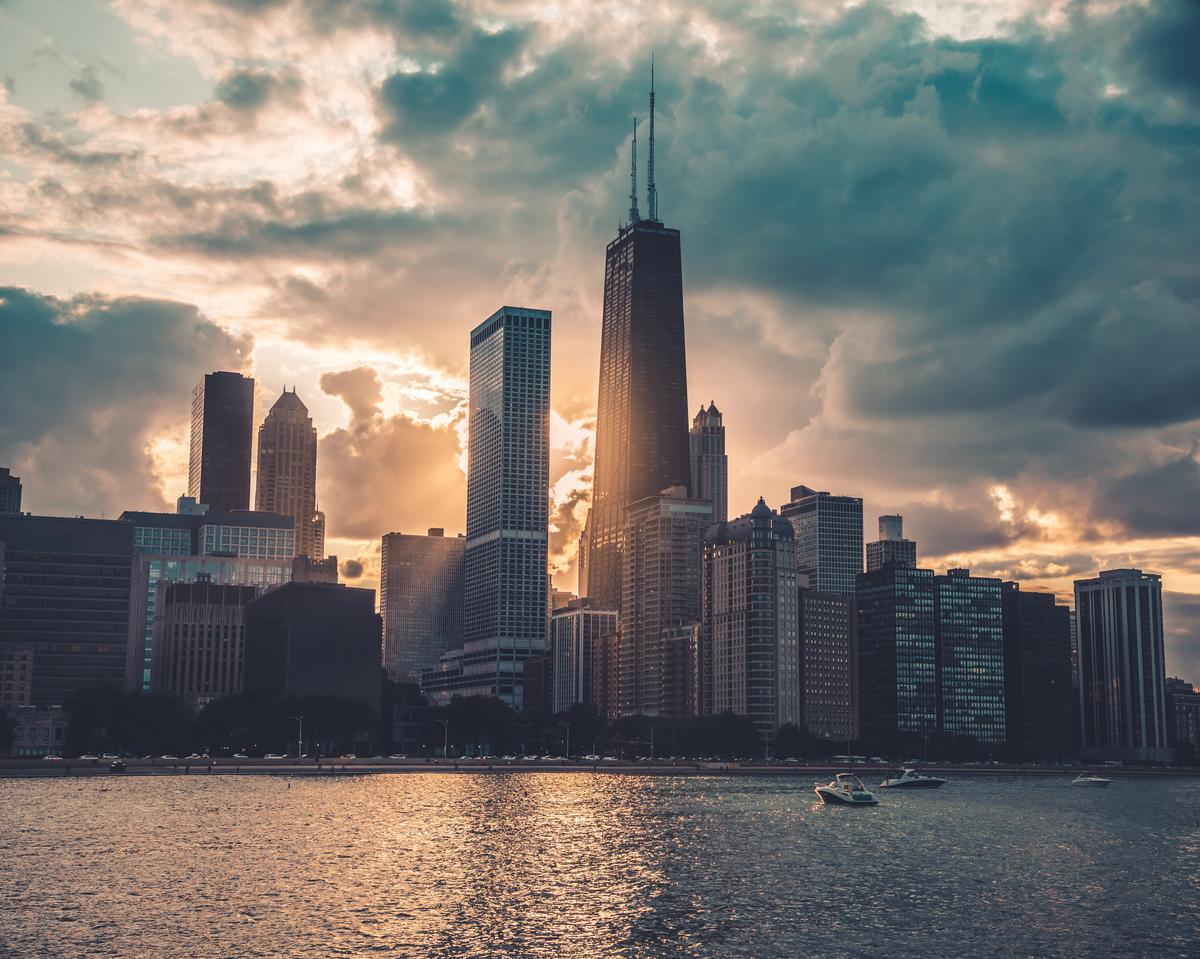In the heart of the Windy City lies one of the richest musical traditions the world has ever seen – the Chicago blues. A voice of the African American community, echoing from the early 20th century, the blues in Chicago has etched an enduring legacy that still resounds today. From its roots in the deep south, tracing the migration trail of African Americans to the industrial north, the genre evolved, adapting to its new urban backdrop yet keeping its gritty, elemental truth intact. Coupled with the advent of electric guitar, the blues in Chicago evolved into a defining sound, diverging from its Southern Delta Blues counterpart and writing a unique chapter in the annals of music history.
Origins of Blues in Chicago
Charting the Harmonic Blues Journey: Genesis and Evolution of the Chicago Blues
In the captivating tapestry of the music world, every genre possesses its own whispers of a unique tale, echoing the birth, evolution, and cultural impact it has made over the years. Among these melodic narratives, the Chicago Blues stands as a potent pulsating entity, undeniably vibrant and influential to myriad genres and artists that emerged after it.
Tracing the historic roots of the Chicago Blues, one wades through a riveting course to the Deep South and its teeming cotton fields. Born amid African-American sharecroppers in the Mississippi Delta region, the blues carried the poignant expression of strife, longing, and resilience in the woody timbre of dusty guitars and gritty harmonicas.
Migration—from the rural landscapes of the South to the urban expanse of the North—was a pivotal element in the evolution of this genre. As African-American communities began to pour into the bustling metropolitan life of Chicago, drawn by the allure of industrial jobs, they brought with them their soul-stirring music, draping the city in homely melancholic blues.
The confines of the city, however, spun a different environment than the spacious rural South, influencing the sound of the blues that played there. The tender acoustic sounds of the rural blues soon had to give way to a more assertive, electrified version—to rise above the humdrum of city life. Thus, the Chicago Blues, characterized by its amplified, heavier sound featuring electric guitars, bass, drums, and often a harmonica, took form and began to carve its unique identity.
Chicago Blues artists nurtured their craft in the dim-lit, pulsating heart of the city—the crowded taverns and night clubs of South Side and West Side Districts. Folk converged, seeking a respite from their laborious days and found themselves swaying to the rhythm of these novel blues, flavored with the raw grit and smoldering passion found in the voices of the likes, Muddy Waters, Howlin’ Wolf, and Willie Dixon.
These blues greats transformed the genre, carrying it from lowly juke joints to the big stages, and eventually into the bright lights of international fame and recognition. Chicago Blues didn’t just remain a regional sensation—it traversed cultural and geographical boundaries to influence a pantheon of music forms, among them, the ever-popular Rock & Roll.
Imbued with a remarkable spirit—the Chicago Blues—crafted its identity as the progenitor of modern electric blues, cultivating its own specific style and sound that rippled through subsequent music genres. The thick chords, electrified harmonica squalls, heavy backbeat, and robust, emotional vocals, all became endemic to the genre, giving it an undeniable character that continues to reverberate.
Charting its own unique path, the Chicago Blues, an emblem of deep historical roots and community spirit, resounds like a stubborn heartbeat amid the city’s buzzing dynamic. Unbound by time or trends, it remains a beacon of originality and soulfulness, marking an indelible impact on the prodigious landscape of music across the world.
Chicago Blues—a testament to human spirit and a vibrant tale of transformation—transcended from the depths of struggle to the pinnacle of global recognition, spinning a melody that still resonates within the core of music lovers, echoing the words of the great Muddy Waters, “The blues had a baby, and they named it Rock & Roll.”

Photo by clemensvanlay on Unsplash
Golden Age of Chicago Blues
As the evolution of the Chicago Blues scene unfolded, its unwavering influence began to echo far beyond the lively late-night taverns and nightclubs of the captivating Windy City. As it swirled in the passage of time and danced its way through magnetic waves, it began to knit itself into the realm of culture, captivating and inspiring artists across various platforms and genres, changing the tapestry of music, and turning into an unstoppable ripple effect.
The golden age of Chicago Blues – a vibrant period between the 1950s and 1960s, was a defining era in the annals of blues history. It was a time of unfettered bloom for this evocative genre. This was the epoch during which this dynamic musical style swept across the globe, revolutionizing not merely the local but also the international music scene, solidifying the Chicago Blues’ splendid and undeniable influence.
The speciality of the Chicago Blues was its ability to adapt and morph, echoing the moods and aspirations of its patrons. Its electrically amplified form was a testament to the evolving technology and changing attitudes of the time. From the flourishing Jazz scene to the birth of Rock & Roll, every successive wave of the musical movement bore indistinguishable signs of Chicago Blues influence. The thick, vibrating chords, echoing electric harmonica, penetrating backbeat, and soul-stirring vocals, all formed a sonic kaleidoscope that spoke of the music’s roots in a shared southern past and its aspirations for a unified, vibrant future.
It wasn’t merely the artists who stood at the helm of this musical revolution. In a symbiotic dance, the audiences, often divided along racial and social lines, found a common ground in the pulse of Chicago Blues. Clubs like “Checkerboard Lounge” and “Theresa’s Tavern” turned into vibrant melting pots of a cultural fusion where music became a communal experience, creating bonds that transcended the barriers of diverse backgrounds. While still proudly steeped in its southern heritage, the genre was able to form connections that made it an all-encompassing entity, distinct and influential in its own right.
The golden age of Chicago Blues was not just about the music but also the underlying connection and shared experience it fostered. Its strength lay in its ability to forge common identities and shared emotion, striking resonating chords in hearts and souls across the globe, thus proving the power of music as a universal language. From Muddy Waters, Howlin’ Wolf, Buddy Guy to Koko Taylor, the genre grew to be a powerhouse of talent, its influence spilling over into other musical styles such as the British Blues explosion of the 1960s and the wave of Rock & Roll.
Indeed, the golden age of Chicago Blues was an era of profound transformation and expansion. Its roots firmly grounded in tradition and its branches extending and shaping contemporary soundscapes, the historical period solidified the Chicago Blues as an inherently innovative genre that continues to inspire and influence music worldwide. It is a testament to the resilience and enduring vitality of the genre and a shining beacon of community spirit, creativity, and original expression. This era will forever be regarded as the golden epoch in the annals of music, enveloping every subsequent genre in its robust, resonating rhythm.

Influence of Chicago Blues on Other Music Genres
Delving deeper into the rich tapestry of the Chicago Blues, one cannot overlook the dynamism and versatility of its sphere. The steady drumbeat of this genre did not just reverberate within the city limits but crossed borders, becoming the lighthouse in the foggy sea for other emerging genres and budding artists. In the music universe, the 1950s and 1960s are often perceived as the ‘golden age’ of the Chicago Blues. Yet, the genre’s innovation and adaptability didn’t stop at that juncture, but continued to evolve and adapt, continually breathing life into its timeless legacy.
The sonic characteristics of the Chicago Blues became a language unto themselves. The gritty guitar riffs, the booming bass lines and the wailing harmonica solos encapsulated an urban realism that felt raw and intensely emotive. This very guitar-driven sound and emotive narrative penetrated the barriers of cultural and linguistic divides, etching an undeniable footprint on other music genres. It lured artists and music enthusiasts alike to tap into the power of this music as a universal dialect.
Chicago Blues fostered more than just a genre; it cultivated a musical revolution, the winds of which blew right across the Atlantic, setting the stage for the British Blues boom of the 1960s. Renowned artists and bands such as the Rolling Stones and Cream, fronted by Eric Clapton, modelled their sound around the Chicago Blues, resulting in a widespread recognition and appreciation of the genre. From painted lips to fingertips strumming on guitar strings, it spread like wildfire, demonstrating the infectious reach of the Chicago Blues.
Embedded into the fabric of the genre was a cultural fusion, a testament to the great migration from the Mississippi Delta. This rich cultural mixing pot ignited smoky taverns and nightclubs, giving birth to a unique sonic feast mirrored in the rhythmic body sways of the audience, friends and strangers oscillating together as if moved by a singular pulse. The very bricks of these clubs seemed to absorb the collective experiences, joy, heartbreak and resilience that echoed in every Chicago Blues number.
But tucked beneath the melodious folds of the Chicago Blues was the creative heartbeat that pounded with the intense rhythm of the pulsing city life – a constellation of artists such as Buddy Guy and Koko Taylor, whose musical prowess extended the reach and influence of the genre. What they shared was not just the language of Chicago Blues but a hunger to explore the uncharted realms of musical expressions, imbued with incredible adaptability that allowed the genre to transform and expand, continually adding chapters to its narrative.
Indeed, the endurance and adaptability of the Chicago Blues have cemented its stature in the annals of music history. Beyond its sonic contribution, it belted out a rallying cry for community spirit, creativity and original expression. It remains a testament to the power of music in encapsulating shared human experiences, irregardless of geographical locations or cultural backgrounds.
In conclusion, the Chicago Blues, an authentic product of the American cultural melting pot, was no ordinary music genre. It was, and continues to be, a vibrant music revolution that captivated audiences, inspired artists and influenced an array of music styles. Its rich legacy, powered by the indomitable spirit of its proponents, continues to enrich the global music landscape in profound and indelible ways.

Photo by derekthomson on Unsplash
Current State of Chicago Blues
Despite the evolution of the music scene, the Chicago Blues has never lost its soul. It remains the stirring heartbeat of a city that appreciates its gritty roots, a city where the blues is as integral to its identity as the towering skyline and biting winds.
In the current digital age, where genres intermingle and meld seamlessly, one might fear that traditional forms like the Chicago Blues could find themselves facing extinction. Yet this rich genre has continued to flow with the currents of change, demonstrating an enviable adaptability, and in some instances, influencing change itself. The Chicago Blues is an unyielding testament to the genre’s strength, a melody forever etched in musical narrative.
Standing firmly on the shoulders of blues giants like Muddy Waters, Howlin’ Wolf, and Willie Dixon, contemporary blues artists with roots in the city, like Toronzo Cannon and Melody Angel, reinterpret the genre’s foundational style, keeping the flame alive. They are creative torchbearers, invigorating the genre with their fresh perspectives without undermining its authenticity.
Resonating through the vibrant corridors of clubs and bars and spreading its roots, the Chicago Blues has also found new platforms, adapting to the digital era. The genre can now be discovered on streaming platforms and in online communities.
Influence, like a touch of a well-played harmonica, can be felt far beyond the Windy City’s limits. A ripple effect that made its way to the British Isles in the 1960s still reverberates today. The British Blues boom, catalyzed by Chicago Blues, triggered the rise of rock giants like The Rolling Stones and Eric Clapton. The fact that these artists, decades later, still acknowledge the profound influence of the Chicago Blues on their music underlines its far-reaching significance.
Culturally, the genre embodies a fusion of experiences – stories of hope, sorrow, love, and loss. The Chicago Blues is beyond just a musical styling; it represents the collective heartbeat of a community, capturing shared human experiences with its dirt-tough rhythm and aching notes.
Today, Chicago’s musical landscape echos with the iconic 12-bar blues structure, evidence of the genre’s endurance. Every heartfelt guitar riff, every expressive vocal howl, embodies the spirit and vibe of the city, echoing tales of the past and the present, tales hard-pressed from the city’s vibrant and multilayered musical history.
Thus, here stands the Chicago Blues – resilient, unyielding, and authentic, managing to keep the essence alive while moving with the times. It continues to be a vital element in the city’s soundscape, influencing countless genres and resonating beyond borders, a testament to the power of music and its transformative effect. The clarion call of the Chicago Blues underscores how music can encapsulate a city’s heartbeat, embrace shared human experiences, and ultimately bind humanity across the ebb and flow of change. One thing remains unequivocal: the pulsating rhythm of the Chicago Blues still beats strong, an enduring celebration of a genre that refuses to fade into silence.

Photo by maxwbender on Unsplash
Through the annals of time, the resilient rhythm of Chicago blues has remained steadfast in a sea of musical diversity, evolving yet unyielding to its raw, poignant roots. From old blues traditions, the music has adapted to the changing landscape, fashioned by the hands of contemporary torchbearers who uphold the genre’s heritage with unwavering reverence. As the genre faces the trials of irrelevance, it perpetually finds a way to reinvent itself, yet always points us back to the weathered streets of the Windy City where it all began. The future of the Chicago blues may remain uncertain in a fleeting world, but rest assured, its spirit, much like the city it was born in, will persevere, ensure its eternal place in the lexicon of global music.

Comments.
Currently there are no comments related to this article. You have a special honor to be the first commenter. Thanks!